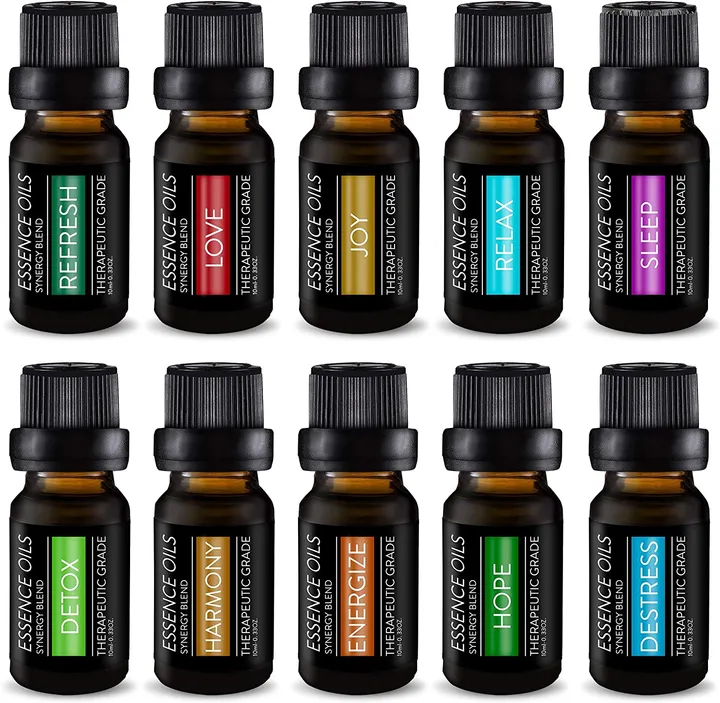About VINEVIDA
Our Mission Here at VINEVIDA, our mission has always remained the same: to supply our customers with pure and natural products at the most competitive pricing available. We consider customer satisfaction to be a top priority, which is why we aim to provide the highest level of customer service possible. At VINEVIDA we strive to make every purchase a success, resulting in loyal, long-term relationships with each and every one of our consumers.





















































